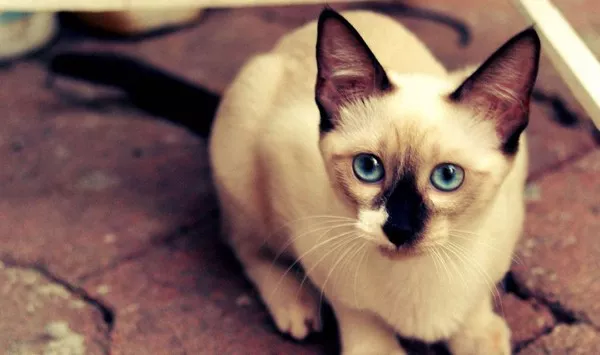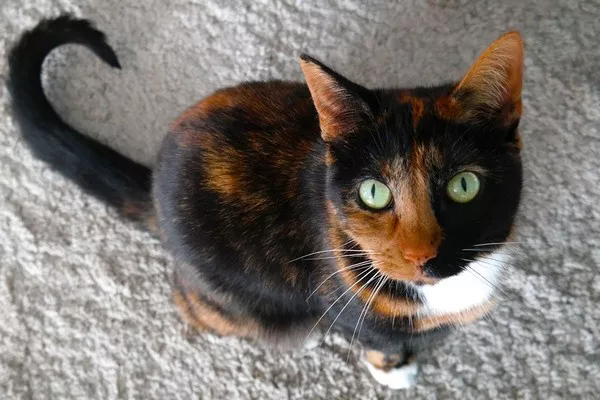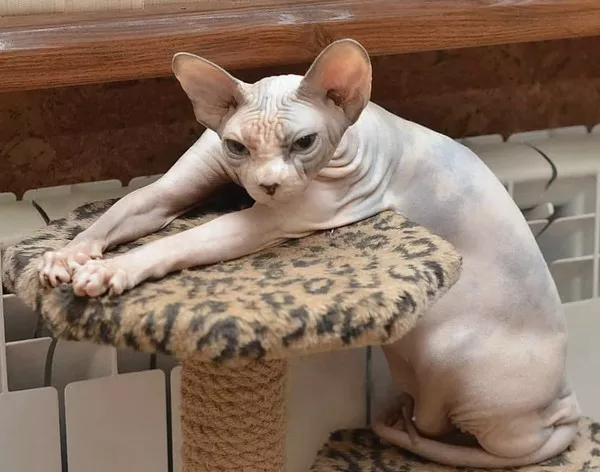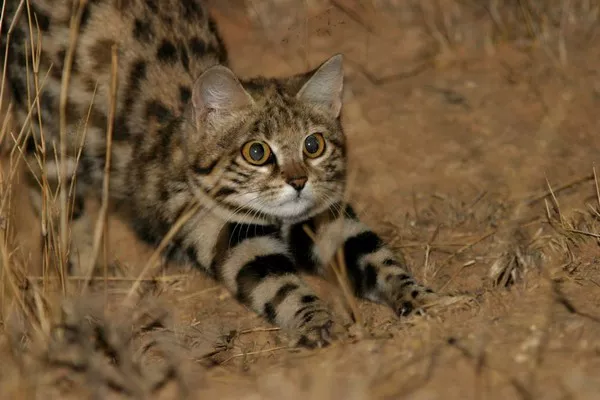Cats, with their enigmatic personalities and discerning palates, can be quite selective when it comes to their dietary choices. While felines are often known for their ability to devour meals with gusto, there are instances where certain foods may trigger a less-than-appetizing response – gagging. In this in-depth article, we will delve into the intricate world of feline gastronomy, exploring the factors that can lead to gagging in cats and identifying specific foods that may elicit this peculiar reaction.
Understanding the Feline Palate:
Before dissecting the specific foods that might induce gagging in cats, it’s essential to comprehend the intricacies of their taste preferences and digestive systems. Cats are obligate carnivores, meaning their diet primarily revolves around meat. Their taste receptors are finely attuned to amino acids, the building blocks of proteins, and they lack taste receptors for sweetness. This biological makeup plays a significant role in shaping their food preferences and aversions.
7 Foods That Elicit Gagging in Cats
1. Fishy Business:
Fish, often considered a feline delicacy, can paradoxically lead to gagging in some cats. While fish is a rich source of omega-3 fatty acids and protein, excessive consumption may pose problems. Certain compounds in fish, such as histamines, can cause digestive discomfort in sensitive cats, leading to gagging and vomiting.
Moreover, some commercially available cat foods may contain fish flavors or derivatives that, when consumed in large quantities, can result in an upset stomach. Cat owners should be mindful of the fish content in their feline’s diet, ensuring a balanced rotation of protein sources to prevent overconsumption of any one type of meat.
2. Strong Odors and Flavors:
Cats have an acute sense of smell, and strong odors can be off-putting to them. Foods with pungent smells, such as strong cheeses or heavily spiced dishes, may trigger a gag reflex in cats. Introducing new foods gradually allows cats to acclimate to different smells and flavors over time, reducing the likelihood of a negative reaction.
Understanding the individual preferences of each cat is crucial, as some may be more tolerant of strong odors than others. Careful observation and a patient approach to introducing new foods can help cat owners identify potential triggers for gagging.
3. Dairy Dilemmas:
The image of a cat lapping up a bowl of milk is a common trope, but not all cats can tolerate dairy. While some cats retain their ability to digest lactose into adulthood, many develop lactose intolerance, leading to digestive issues, including gagging.
Lactose-free alternatives are available for cat owners who want to provide their feline companions with a milk-like treat without the risk of inducing gagging or other gastrointestinal discomfort. Understanding an individual cat’s tolerance for dairy products is essential in preventing unwanted reactions.
4. Unusual Textures:
Texture plays a pivotal role in a cat’s acceptance of food. Some cats may exhibit a gag reflex when confronted with foods of unfamiliar or unappealing textures. Wet cat food with a slimy consistency, for example, might not be well-received by certain felines.
Cat owners can experiment with different textures to identify what their pets find palatable and what triggers a negative reaction. A mix of dry kibble and wet food with varied textures can provide a well-rounded diet while catering to individual preferences.
5. Spoiled or Rancid Food:
Just as humans can discern the freshness of food by smell, cats possess a highly developed sense of taste and smell that allows them to detect spoiled or rancid food. Consuming such food can lead to digestive issues, including gagging. Cat owners should be vigilant in checking the expiration dates of commercial cat food and disposing of any spoiled or rancid portions promptly.
In the case of homemade cat food, using fresh and high-quality ingredients is paramount to prevent adverse reactions. Proper storage practices, such as refrigeration and timely consumption, can further ensure the freshness and safety of feline meals.
6. Overly Dry or Stale Food:
While wet food is generally more appealing to cats due to its higher moisture content, overly dry or stale kibble can also lead to gagging. Cats may find it challenging to chew and swallow dry food, especially if it lacks palatability or has become stale over time.
Cat owners can mitigate this issue by providing fresh and high-quality dry food, ensuring that it meets the nutritional needs of their feline companions. Mixing wet and dry food or incorporating moisture-rich supplements into the diet can also enhance overall meal enjoyment for cats.
7. Bitter or Medicinal Flavors:
Certain medications or supplements may have bitter or medicinal flavors that cats find unappealing. The introduction of medications, particularly in pill form, can lead to gagging if the taste is disagreeable to the cat. Cat owners may encounter challenges administering medications, and finding alternative forms or flavors that are more palatable to their feline friends can ease the process.
It’s essential to consult with a veterinarian to explore different medication administration techniques, such as using pill pockets or flavored liquid formulations. This ensures that the cat receives the necessary treatment without inducing gagging or aversion.
See Also: 12 Human Foods That Are Poisonous to Cats
Conclusion:
Understanding the intricacies of feline taste preferences and sensitivities is paramount for cat owners striving to provide a well-balanced and enjoyable diet for their pets. While cats are known for their stoic demeanor, gagging can be a clear indicator of food aversions or discomfort. By being attuned to their cats’ reactions, introducing new foods gradually, and offering a diverse and nutritious diet, cat owners can navigate the challenges of feline finickiness and ensure that mealtime remains a positive and enjoyable experience for their cherished companions.



























